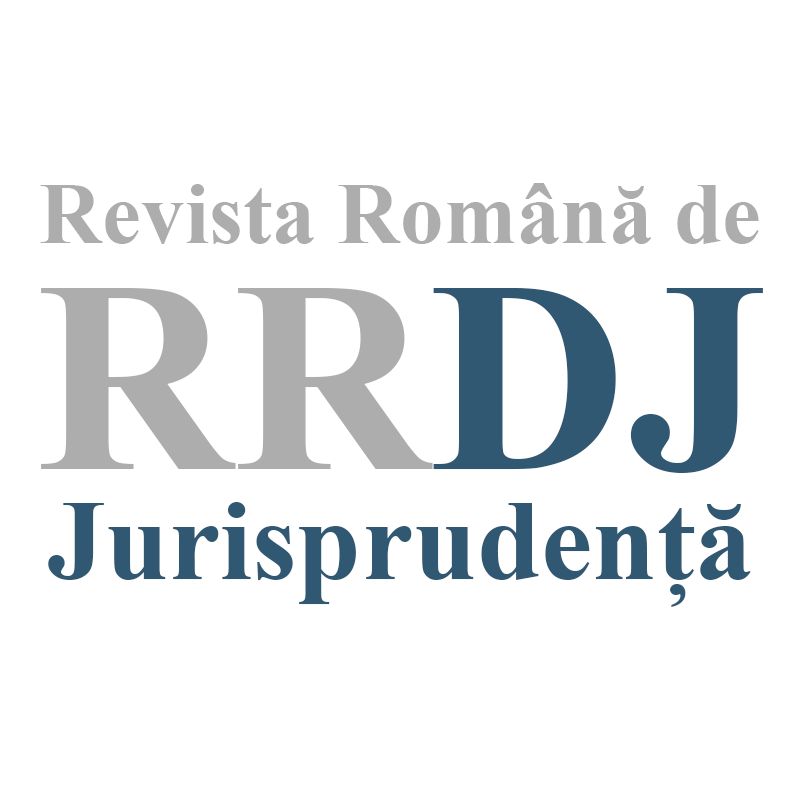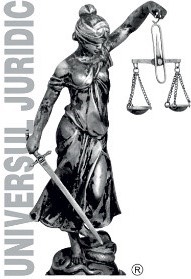Defence of non-property rights. Press article. Distinction between information of public interest, public information and information of general public interest
DREPT CIVIL ŞI DREPT PROCESUAL CIVIL
Abstract
Within the context of decriminalization of the offenses of libel and insult and, to an equal extent, of the extension of environments in which the right to freedom of expression may be exercised, the need for a regulation on the definition and protection of personal non-property rights was obvious. The legislator defined, in the new Civil Code, in Article 252, the intrinsic values of the human being and expressly regulated their means of defence. The protection of these values, such as dignity, reputation and enhanced privacy turns out to be much more difficult to achieve when the respective tort is a press offense. Under those circumstances in which the prejudice of non-property rights is made by publication of a press article, even in the online press, the existence of tort should be examined by reference to Article 10 of the ECHR, respectively whether we are in the presence of a press offense or the action of the individual summoned to court is protected by the right to freedom of expression. Courts should establish the existence of a fair balance between the general and particular interest, between the right to freedom of expression and privacy. The defence measures of property rights, expressly enshrined by the Civil Code, may only be ordered by the court insofar as proof is furnished that the conditions of tort liability are cumulatively fulfilled: the existence of tort, the existence of a prejudice, the culpability and existence of a causality relationship between tort and prejudice. The freedom of expression represents one of the best means by which the public has the opportunity to get informed, to communicate information or ideas, without taking into consideration any boundaries. However, the freedom of expression is not an absolute right. The Romanian legislator recognizes and protects the right to privacy to an equal extent. The analysis which courts are called to perform may and should include the message in its entirety, the correct relationship between public information and information of public interest, between information of general public interest and information which obviously and deliberately injures non-property rights.








